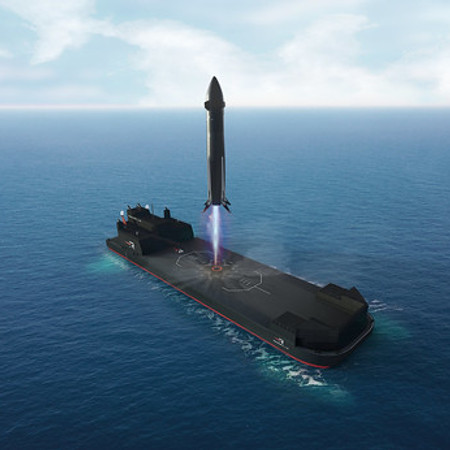Axiom’s next commercial manned flight to ISS delayed at least one week
NASA and Axiom have delayed the launch of the company’s fourth commercial manned flight to ISS by at least a week, from May 29 to June 8, at the earliest.
The NASA press announcement was decidedly vague about the reason:
After reviewing the International Space Station flight schedule, NASA and its partners are shifting launch opportunities for several upcoming missions. The schedule adjustments provide more time to finalize mission plans, spacecraft readiness, and logistics.
This report speculates that SpaceX might have had additional issues getting its brand new manned Dragon capsule ready on time, without out any clear evidence. The capsule has taken longer to build than originally predicted, but giving SpaceX one extra week seems insufficient if the capsule had some outstanding technical issues.
More likely it is exactly as NASA states, the delay is to accommodate the complex coming and going of vehicles to ISS.
The mission will launch one Axiom command pilot and three passengers, government astronauts from India, Poland, and Hungary.
This new manned Dragon, as yet unnamed, will bring SpaceX’s fleet of manned capsules to five, assuming it does not retire one of the older capsules. The company will thus have the largest manned spacecraft fleet ever, exceeding NASA’s four shuttle fleet that existed in the 1990s.
NASA and Axiom have delayed the launch of the company’s fourth commercial manned flight to ISS by at least a week, from May 29 to June 8, at the earliest.
The NASA press announcement was decidedly vague about the reason:
After reviewing the International Space Station flight schedule, NASA and its partners are shifting launch opportunities for several upcoming missions. The schedule adjustments provide more time to finalize mission plans, spacecraft readiness, and logistics.
This report speculates that SpaceX might have had additional issues getting its brand new manned Dragon capsule ready on time, without out any clear evidence. The capsule has taken longer to build than originally predicted, but giving SpaceX one extra week seems insufficient if the capsule had some outstanding technical issues.
More likely it is exactly as NASA states, the delay is to accommodate the complex coming and going of vehicles to ISS.
The mission will launch one Axiom command pilot and three passengers, government astronauts from India, Poland, and Hungary.
This new manned Dragon, as yet unnamed, will bring SpaceX’s fleet of manned capsules to five, assuming it does not retire one of the older capsules. The company will thus have the largest manned spacecraft fleet ever, exceeding NASA’s four shuttle fleet that existed in the 1990s.





